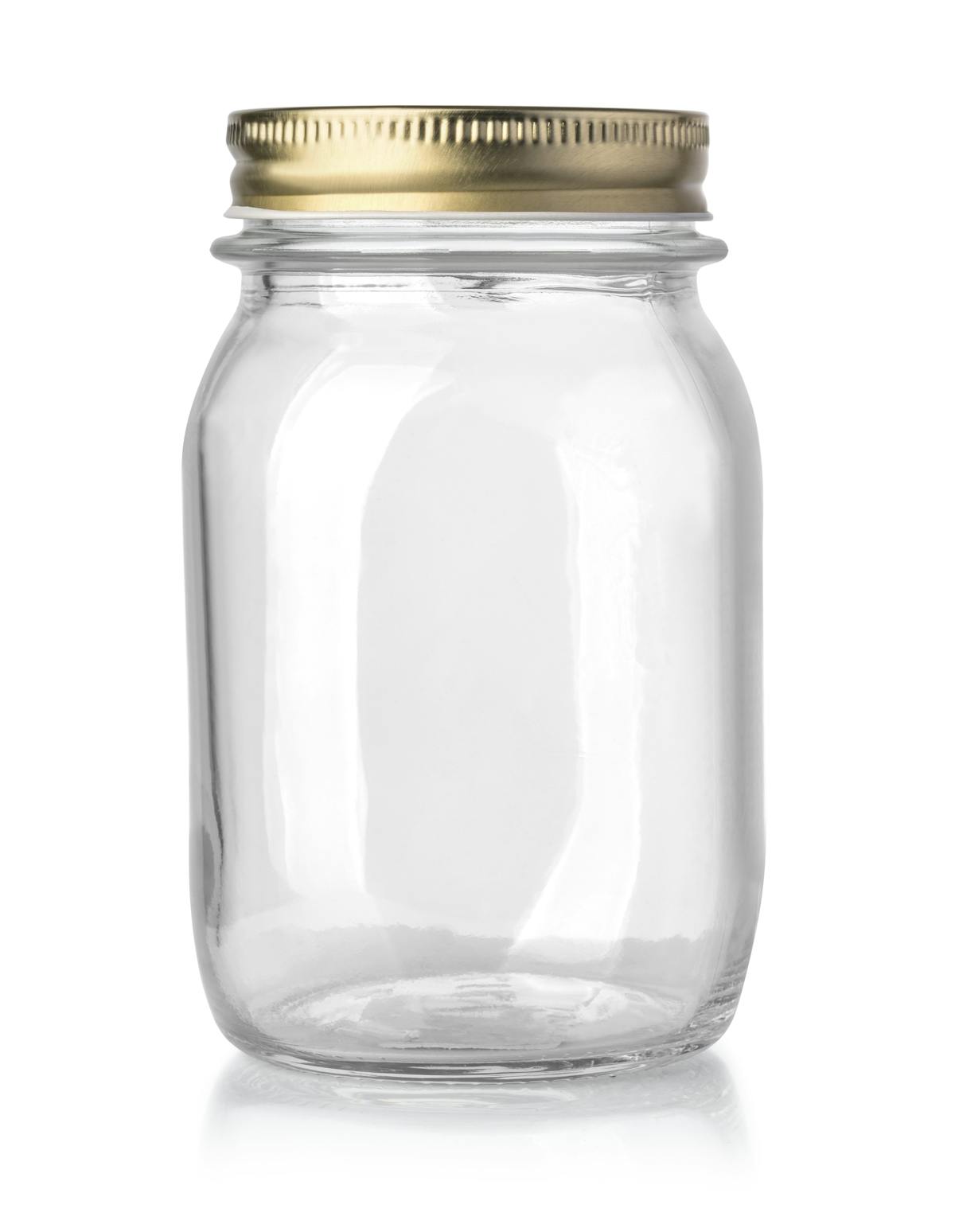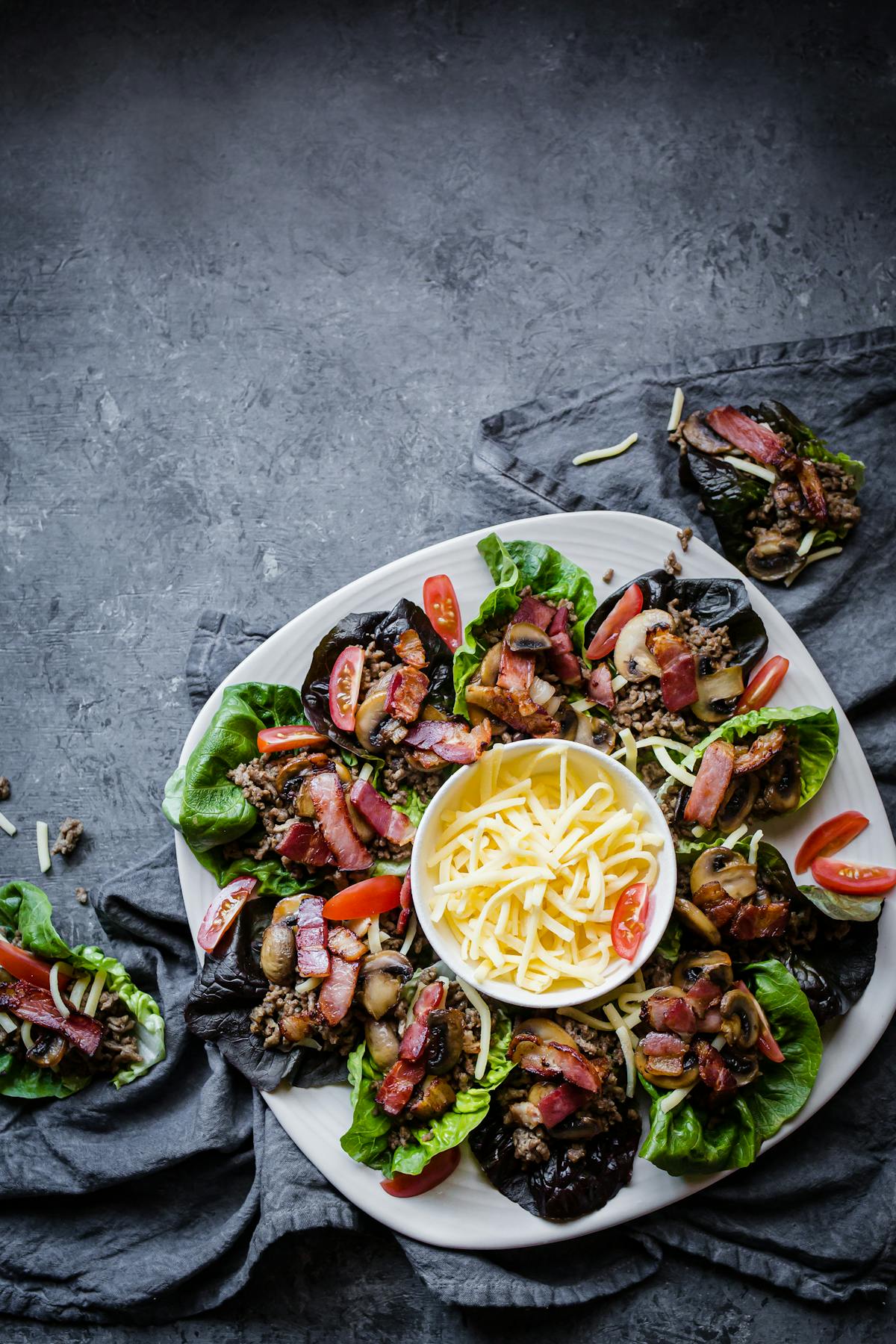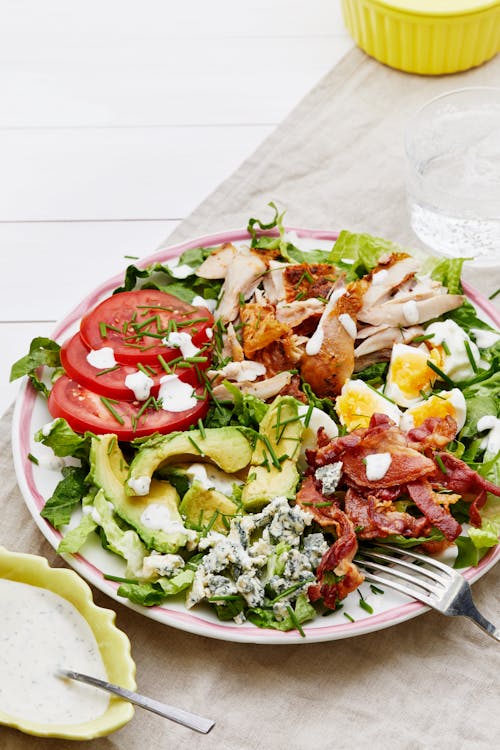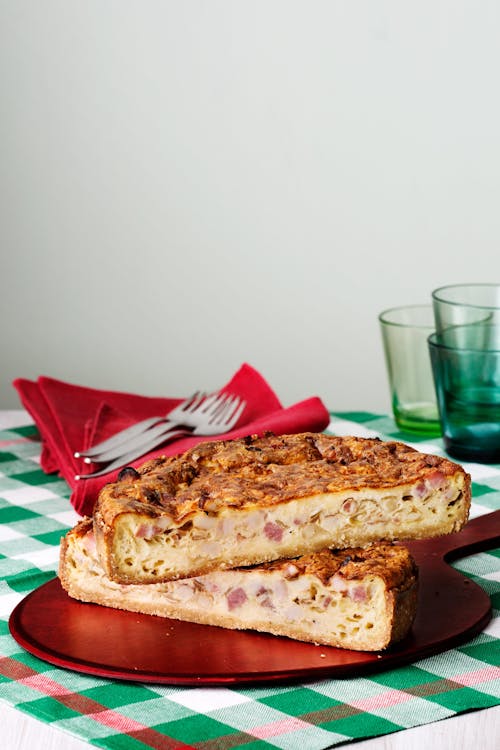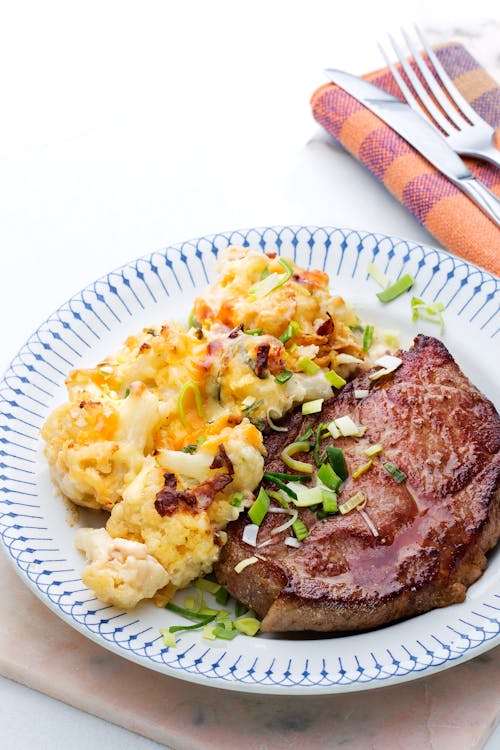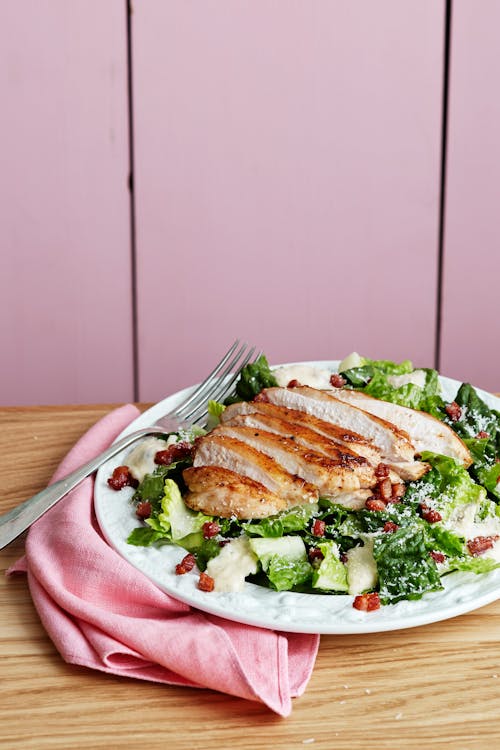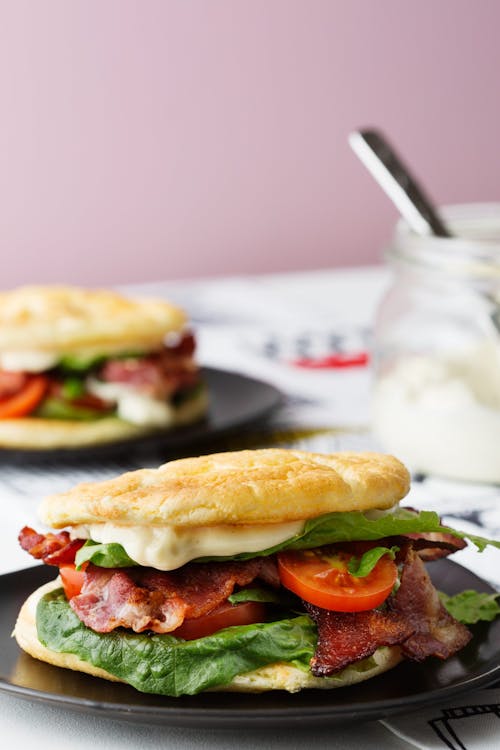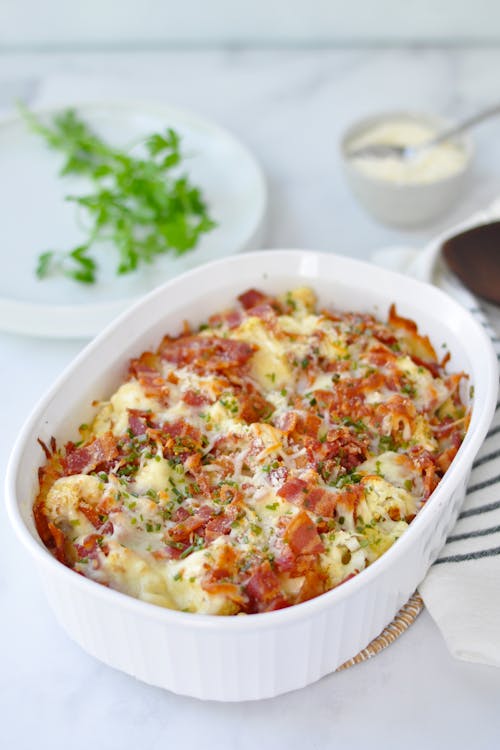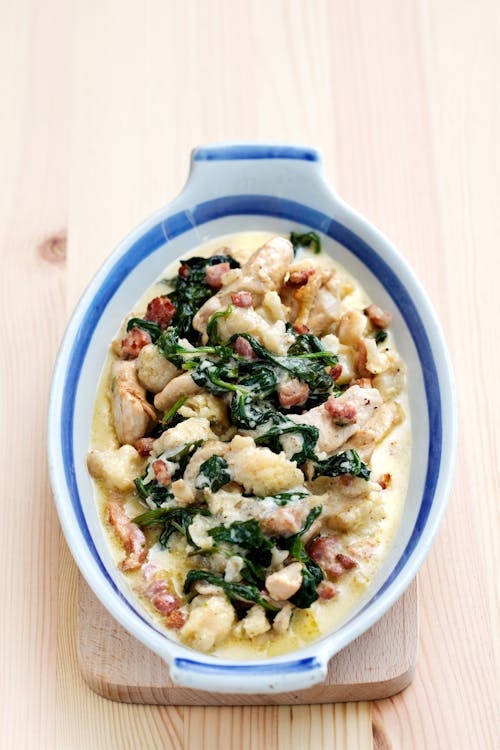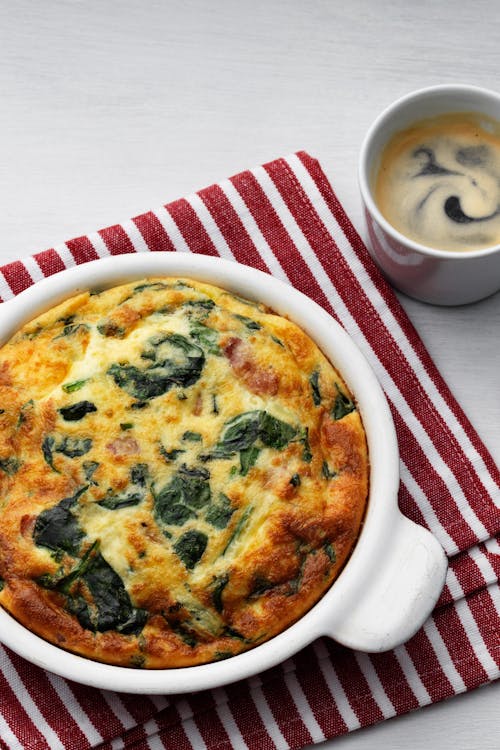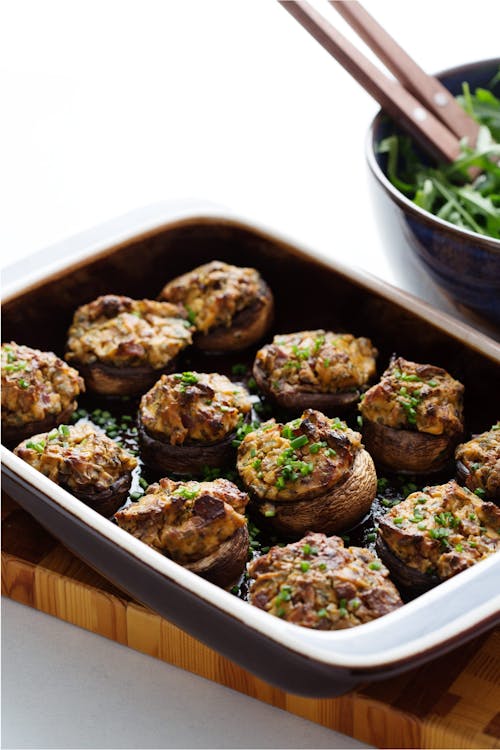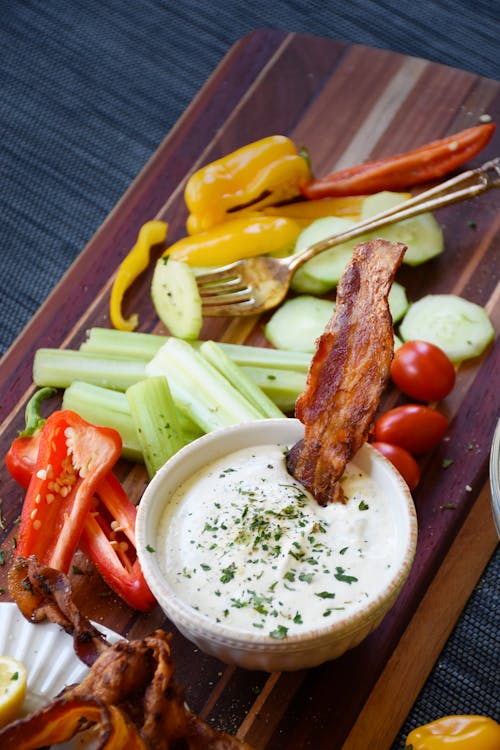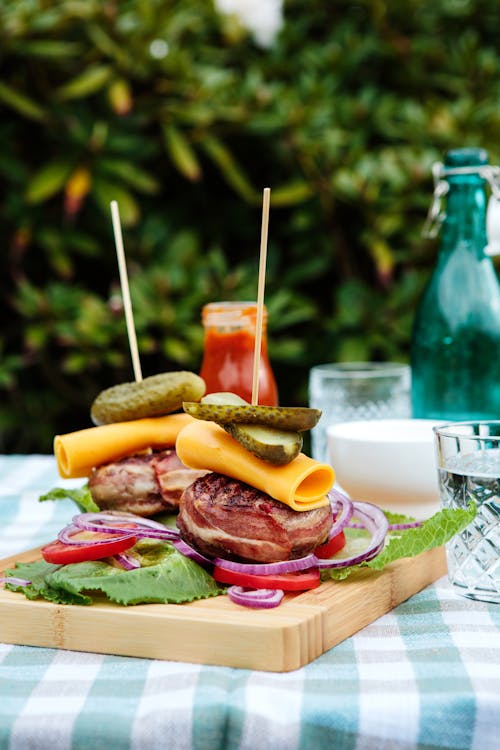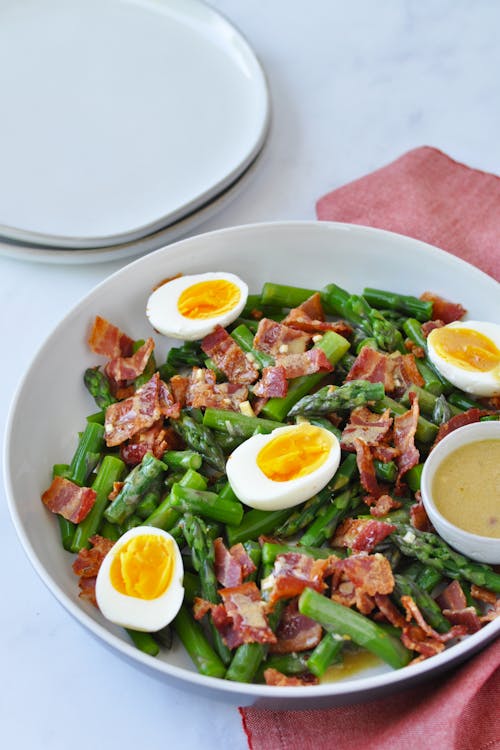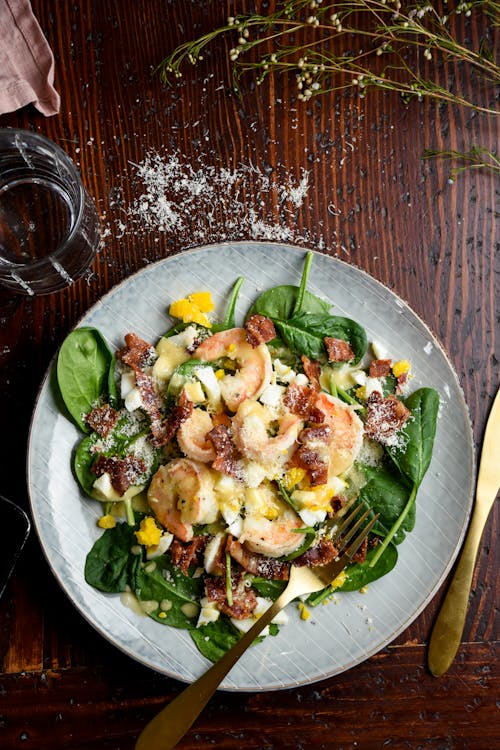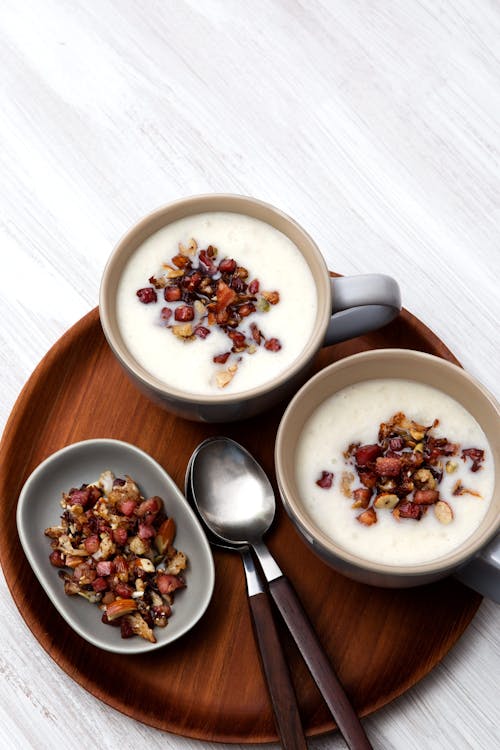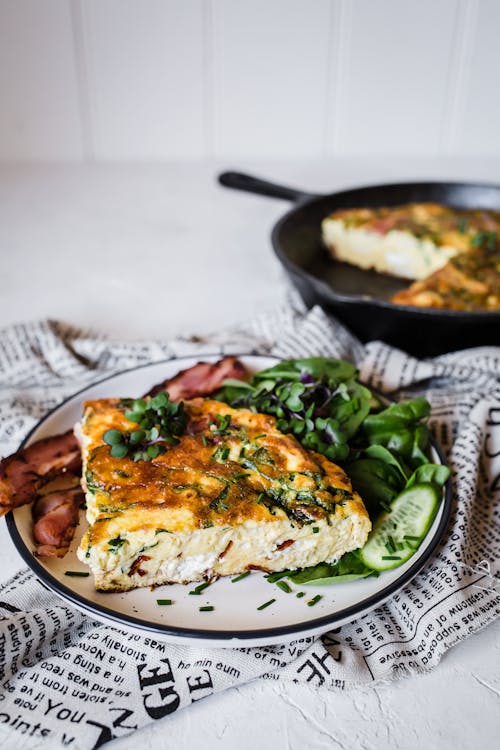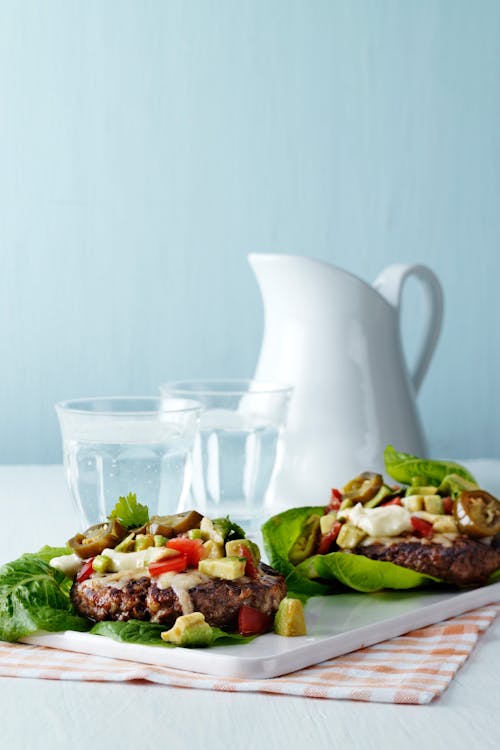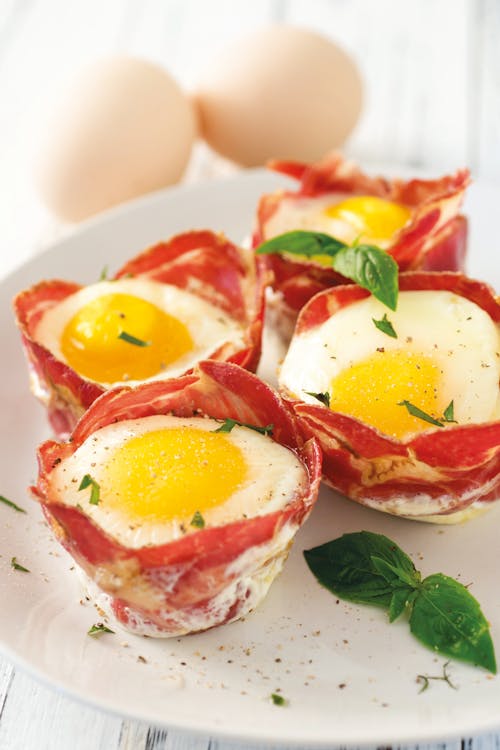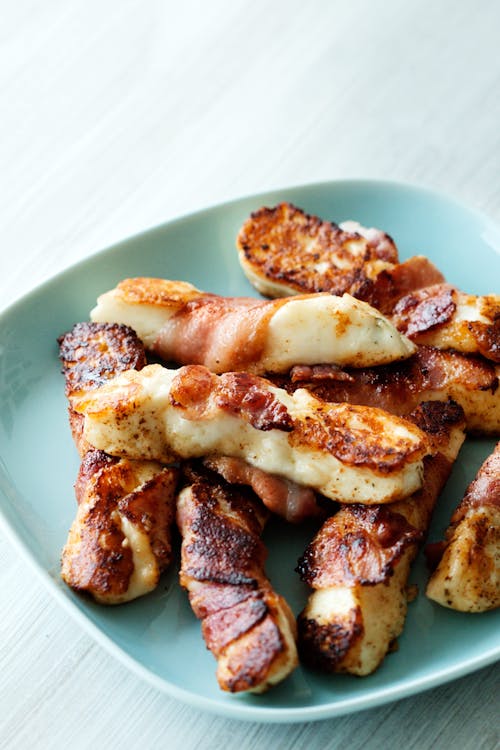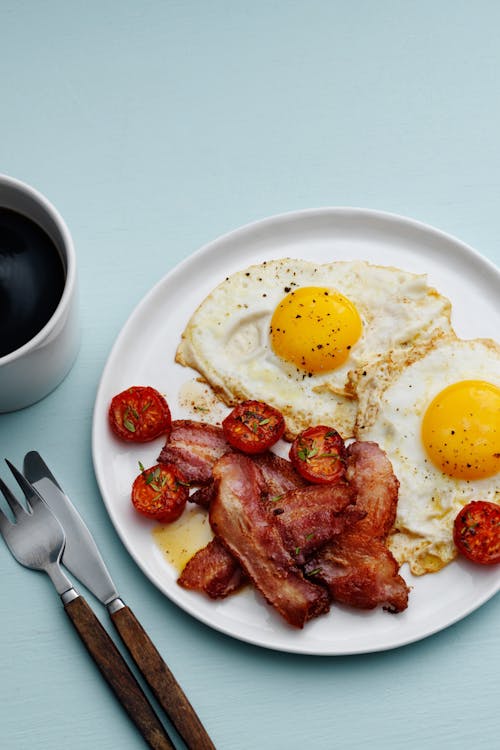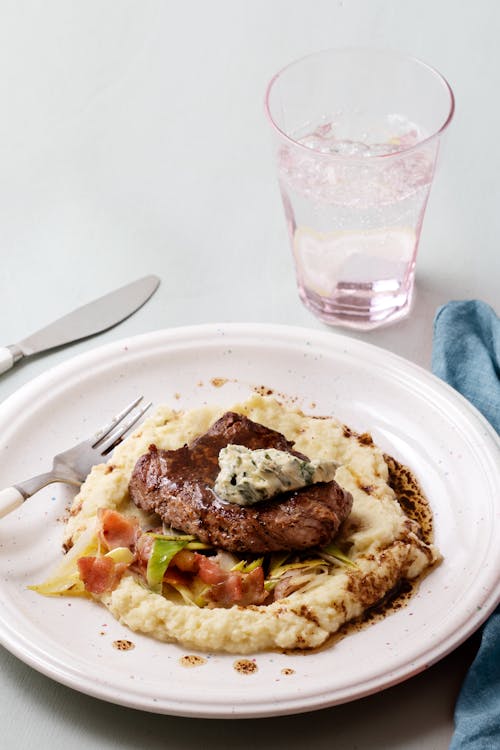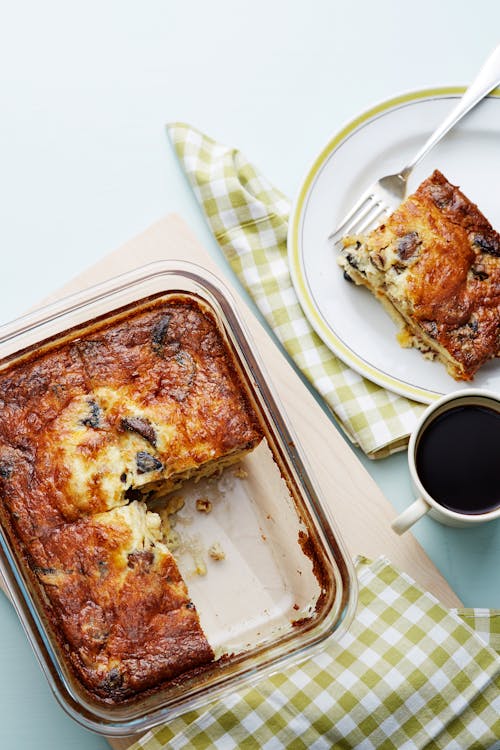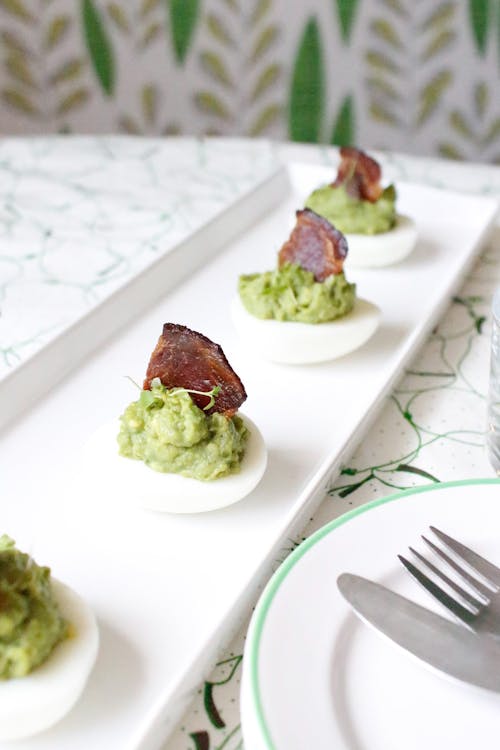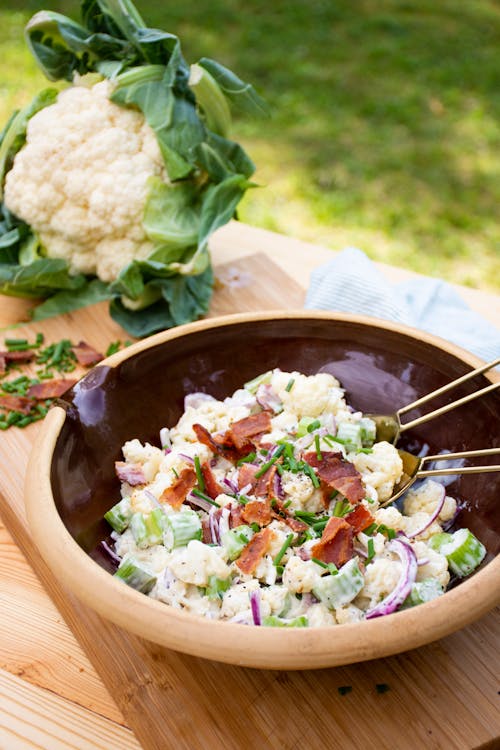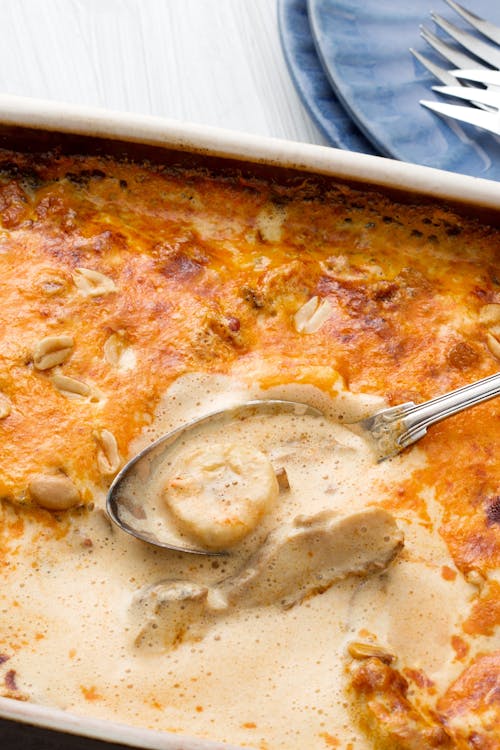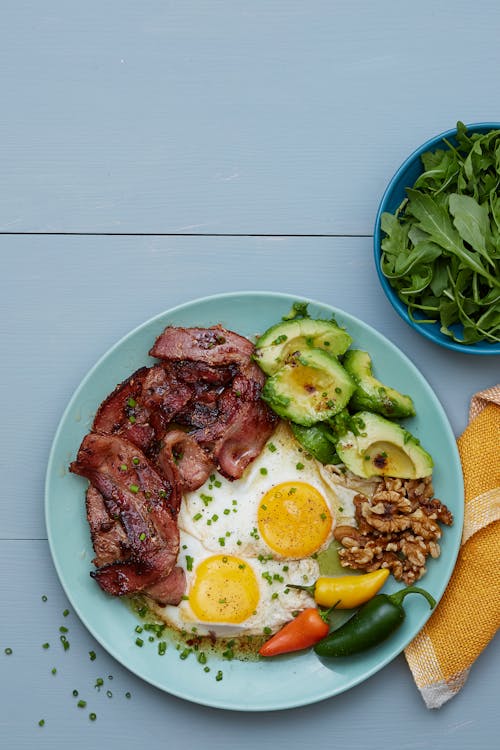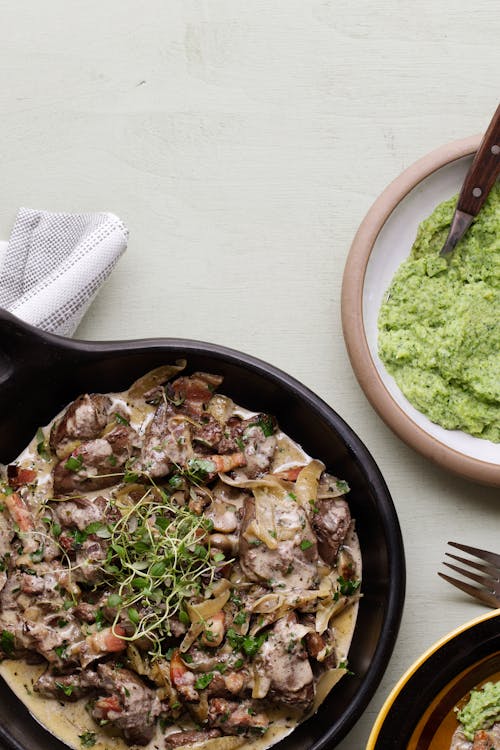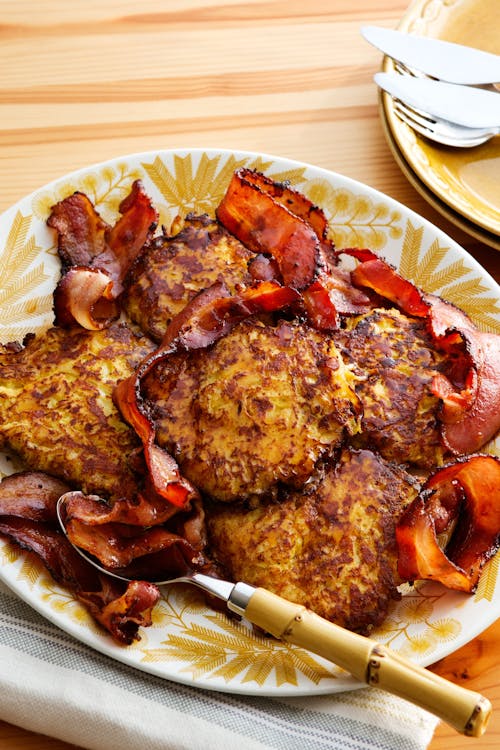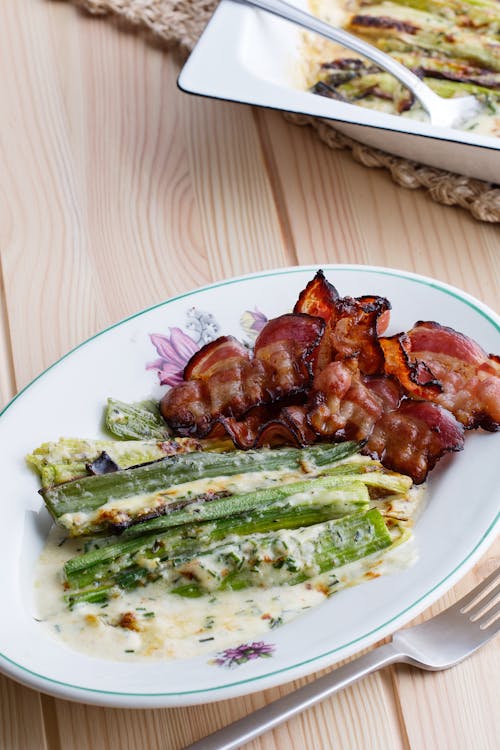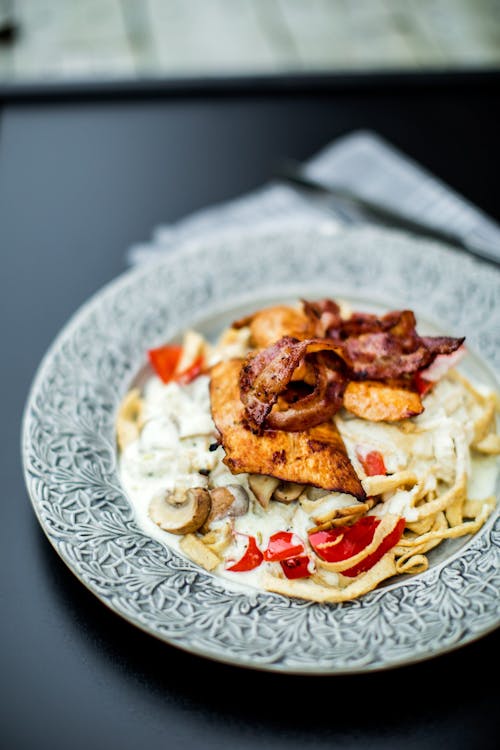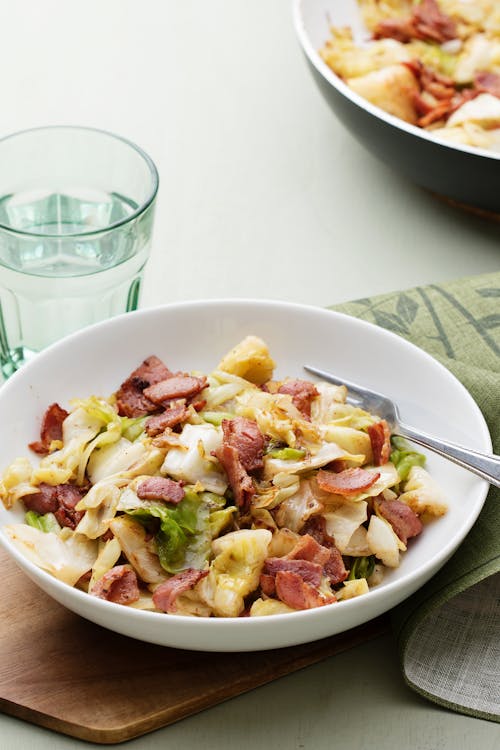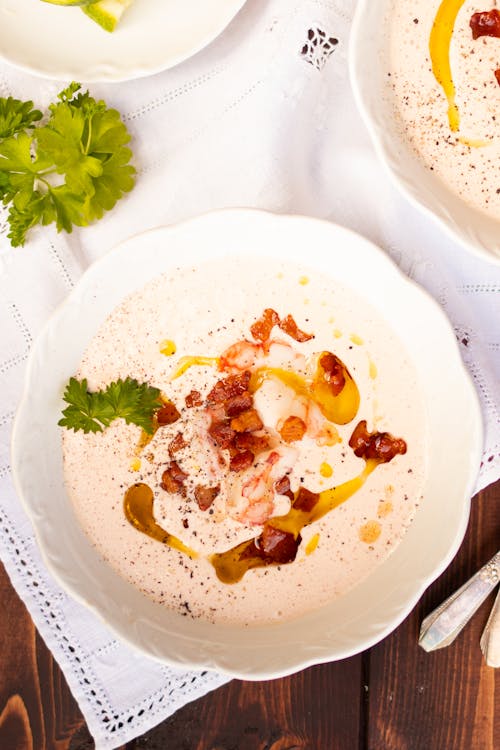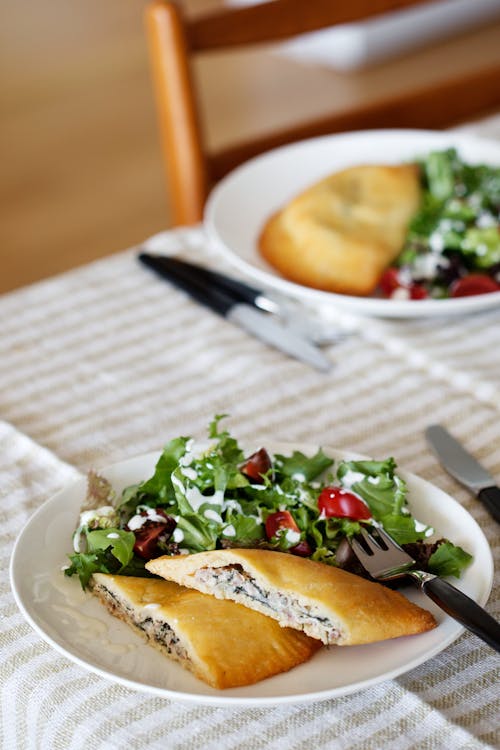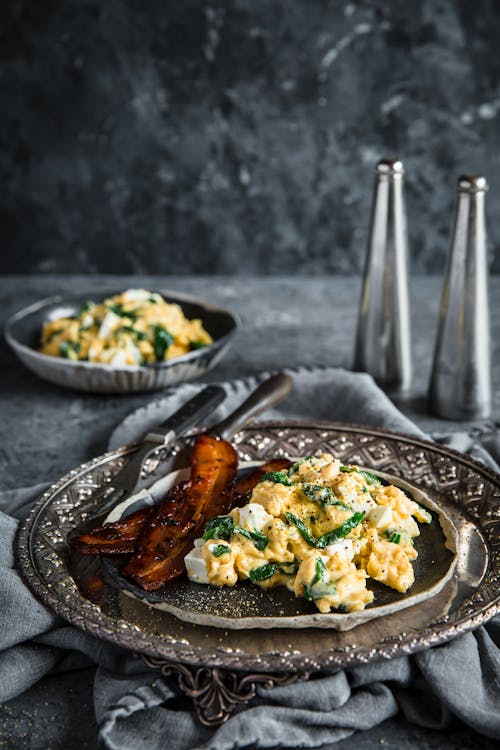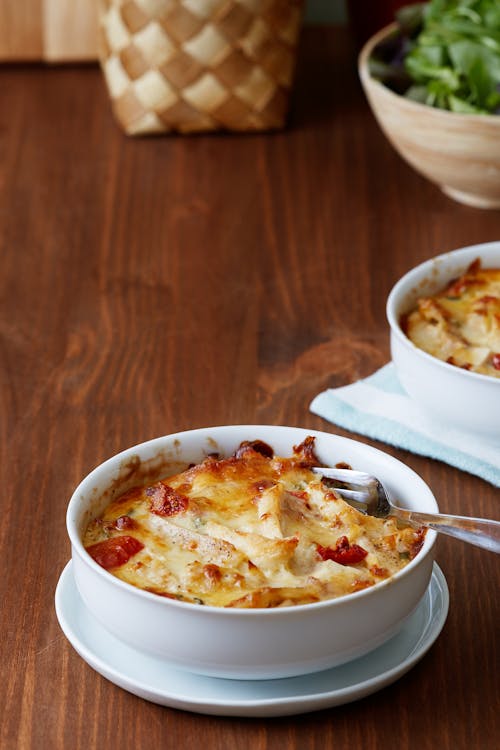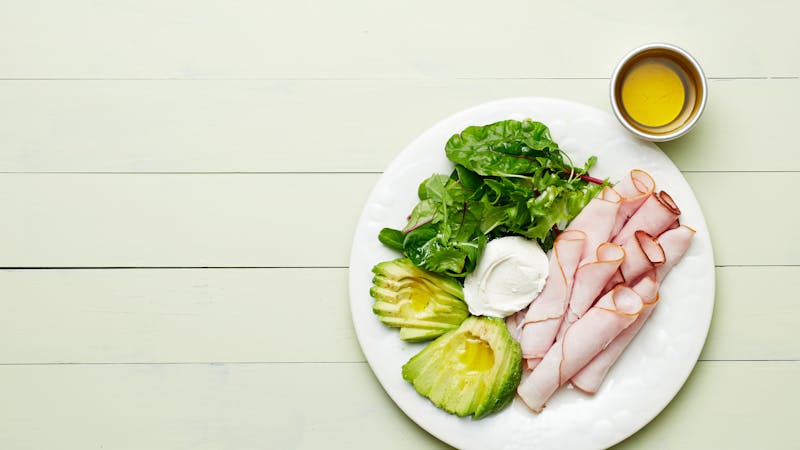Low-carb and keto recipes with bacon
Few other keto-friendly foods appeal to our senses like bacon.The aroma, the sizzling pan, the ridged curves of the crisp, fatty meat lure us — and then, the salty, smoky perfection hits our taste buds. With all five senses engaged, it’s no wonder why bacon is so popular.
All of that bacon goodness is full of protein and fat with no carbs. Does a more perfect food exist?
Still, you might wonder, with so many brands available at the supermarket, does the perfect bacon exist? What about those with sugar on the label? Are those safe to eat? And should you eat bacon that is cured or uncured?
Also, you might be curious about how best to cook bacon. With options like traditional pan-fried bacon, oven-baked, air fried, or microwaved, it can be confusing to know which method is best.
How to know if bacon is keto or low-carb-friendly
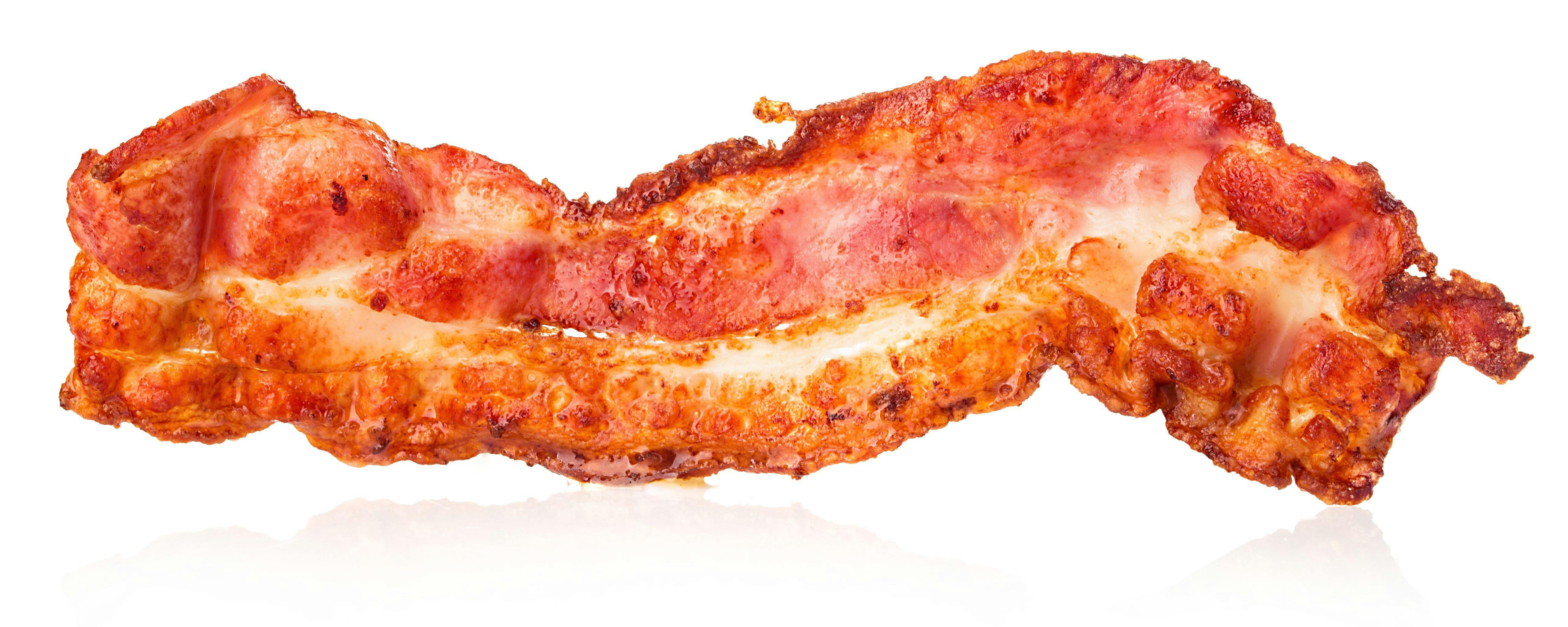




Always check labels for ingredients to see which bacon packages have the lowest amounts of sugar and check the number of carbohydrates.
While bacon may be cured in sugar, it is typically present only in trace amounts in the final product — unless there is sugar added later, usually in the form of brown sugar, molasses, or maple syrup.
Checking the carb count to make sure the bacon has less than 1 gram of carbs per serving can tell you whether there’s truly sugar added.
When it comes to choosing cured or uncured bacon or selecting brands labeled “nitrate-free,” you might want to read our guide: What you need to know about nitrates and nitrites.
The general consensus from our guide is that you don’t need to be overly concerned with purchasing uncured or “no nitrates added” bacon. In fact, this guide suggests cooking bacon at lower temperatures reduces the amount of nitrosamines, which is what you most likely want to avoid.
Everyone has a favorite way to cook bacon, but maybe you owe it to yourself to try something new. You might even try a taste test by cooking bacon using different methods to see what you like best. Here are a few of our favorite ways to prepare bacon: Many people use a skillet to cook bacon in a single layer over medium-high heat. No need to add any fat to the pan. The advantage here is that the bacon cooks quickly and can be removed when it reaches your preferred doneness. The disadvantage is the bacon grease that tends to pop and splatter on the cooktop. Also, most skillets aren’t large enough to cook large quantities of bacon at once. If you want to cook several pounds of bacon at once and avoid a greasy cooktop, try baking a pan of bacon in the oven. Line a rimmed baking sheet with parchment paper or foil and lay the bacon in a single layer. Experiment with different baking temperatures. You might be surprised to learn that lower temperatures (300 to 325°F or 150 to 165°C) result in a more tender texture than higher temperatures of (375 to 400°F or 190 to 200°C). Lower temperatures are also less likely to cause grease to pop out of the pan as well. Some people like to cook smaller amounts of bacon in the microwave because it’s fast and simple. Lay the bacon in a single layer on a microwave-safe plate, set the timer, and walk away. If you cover the bacon with a paper towel, clean-up is even easier. Be sure to rotate the plate, so that the bacon cooks evenly. Typically, 2 to 3 minutes in the microwave will cook three to four slices of bacon at once, depending on the thickness of the bacon and the microwave wattage. Cooking bacon in an air fryer has become increasingly popular as more people are purchasing air fryers. You simply lay the bacon in the cooking basket, set the temperature for 350 to 375°F (150 to 165°C), and set the timer for 10 to 12 minutes. Depending on your air fryer, the brand of bacon, and preferred doneness, you may need to turn the bacon and cook a bit longer or add additional time until the bacon is perfectly cooked. If you use an air fryer, make sure to have proper ventilation (open a window or turn on an exhaust fan) since the high-fat content can cause smoke. We also suggest using a temperature not higher than 375°F (190°C) as well as cooking only four to six slices at a time to reduce the risk of smoke. Lastly, be sure to empty the bacon grease after cooking each batch.
How to cook bacon in a skillet, air fryer, oven, or microwave
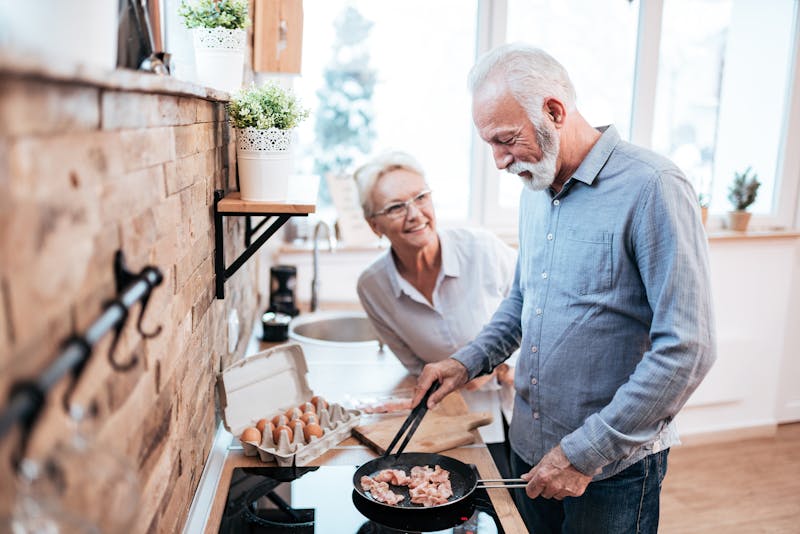




Skillet
Oven
Microwave
Air fryer
The easiest way to render bacon fat is when baking bacon or using a skillet on the cooktop. When the bacon is done, simply transfer the cooked bacon to a serving dish, and let the remaining fat cool for 15 to 20 minutes. When the fat is cooled, but not solidified, pour the fat from the pan into a clean glass jar. Cover with a tight lid and store the fat at room temperature or refrigerate if preferred. Rendered bacon fat can be stored for up to two to three months.
How to render bacon grease
Don’t toss away the liquid gold bacon fat when you cook bacon. The fat can be saved and used for roasting vegetables, frying meats or vegetables, and even for making salad dressing.
